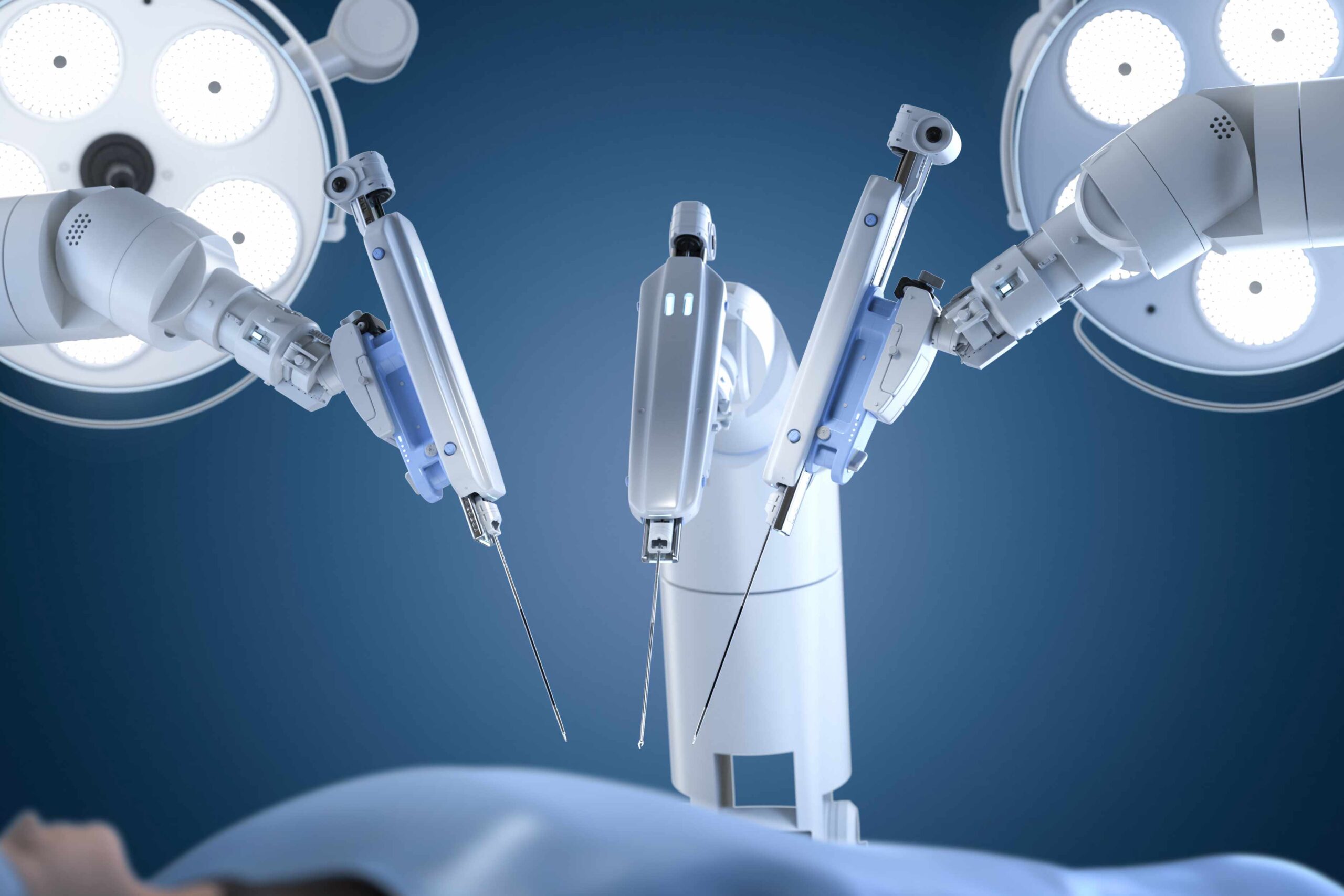
14 Nov Motherhood After Surgery: How Fertility-Sparing Robotics Is Making It Possible
For many women, the thought of undergoing surgery for uterine fibroids, endometriosis, or ovarian cysts brings one overwhelming fear — Will I still be able to conceive?
Thanks to modern robotic technology, that fear no longer defines their journey.
According to Dr Usha M Kumar, senior consultant gynecologist and laparoscopic surgeon in Delhi, fertility-sparing robotic surgery allows doctors to remove disease precisely while protecting the uterus and ovaries.
What Is Robotic-Assisted Gynecologic Surgery?
Robotic surgery uses advanced instruments controlled by a surgeon via a console, providing 3D visualization and exceptional accuracy. It’s minimally invasive, meaning smaller cuts, faster recovery, and less pain.
Conditions Treated
-
Uterine Fibroids – myomectomy removes fibroids while keeping the uterus intact.
-
Endometriosis – robotic precision helps excise deep lesions without damaging nearby organs.
-
Ovarian Cysts – cystectomy preserves healthy ovarian tissue.
-
Early-stage cancers – robotic surgery may remove affected tissue while maintaining reproductive ability.
Advantages Over Conventional Surgery
-
Smaller incisions and minimal scarring.
-
Reduced blood loss and infection risk.
-
Faster recovery—patients resume work within days.
-
Higher surgical precision—better fertility outcomes.
Emotional & Physical Benefits
Fertility-sparing surgery is not only about retaining reproductive ability but also about preserving a woman’s emotional well-being and self-confidence.
Dr Usha M Kumar’s Expertise
With decades of experience in advanced laparoscopic and robotic surgery, Dr Usha M Kumar has helped hundreds of women regain health without losing hope for motherhood.
Her message is clear:
“Every woman deserves treatment that heals her body while respecting her dreams of becoming a mother.”




Sorry, the comment form is closed at this time.